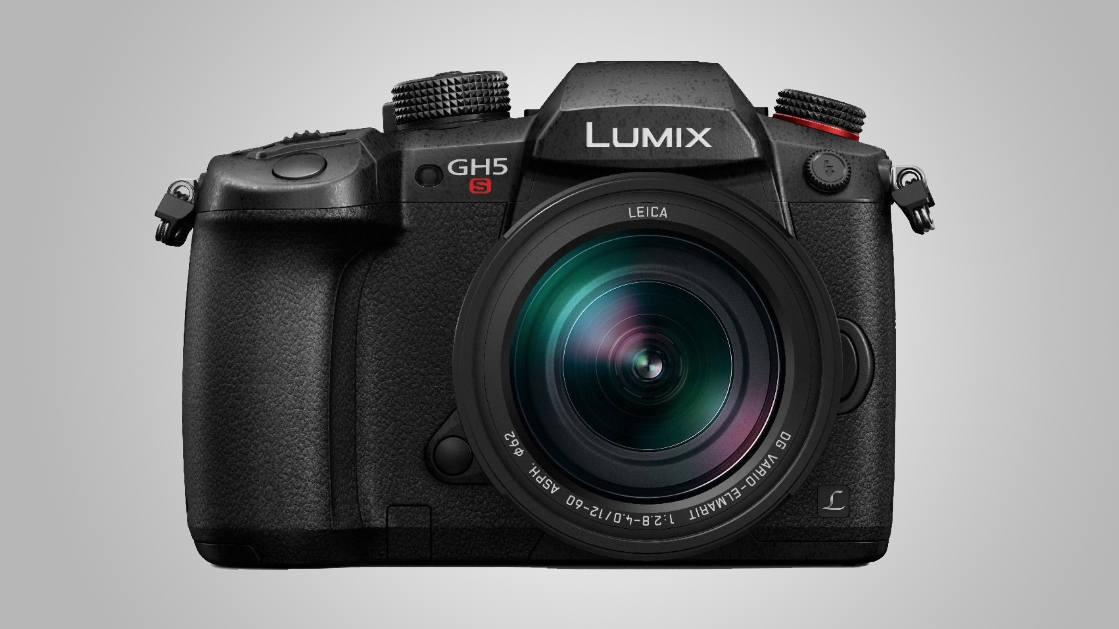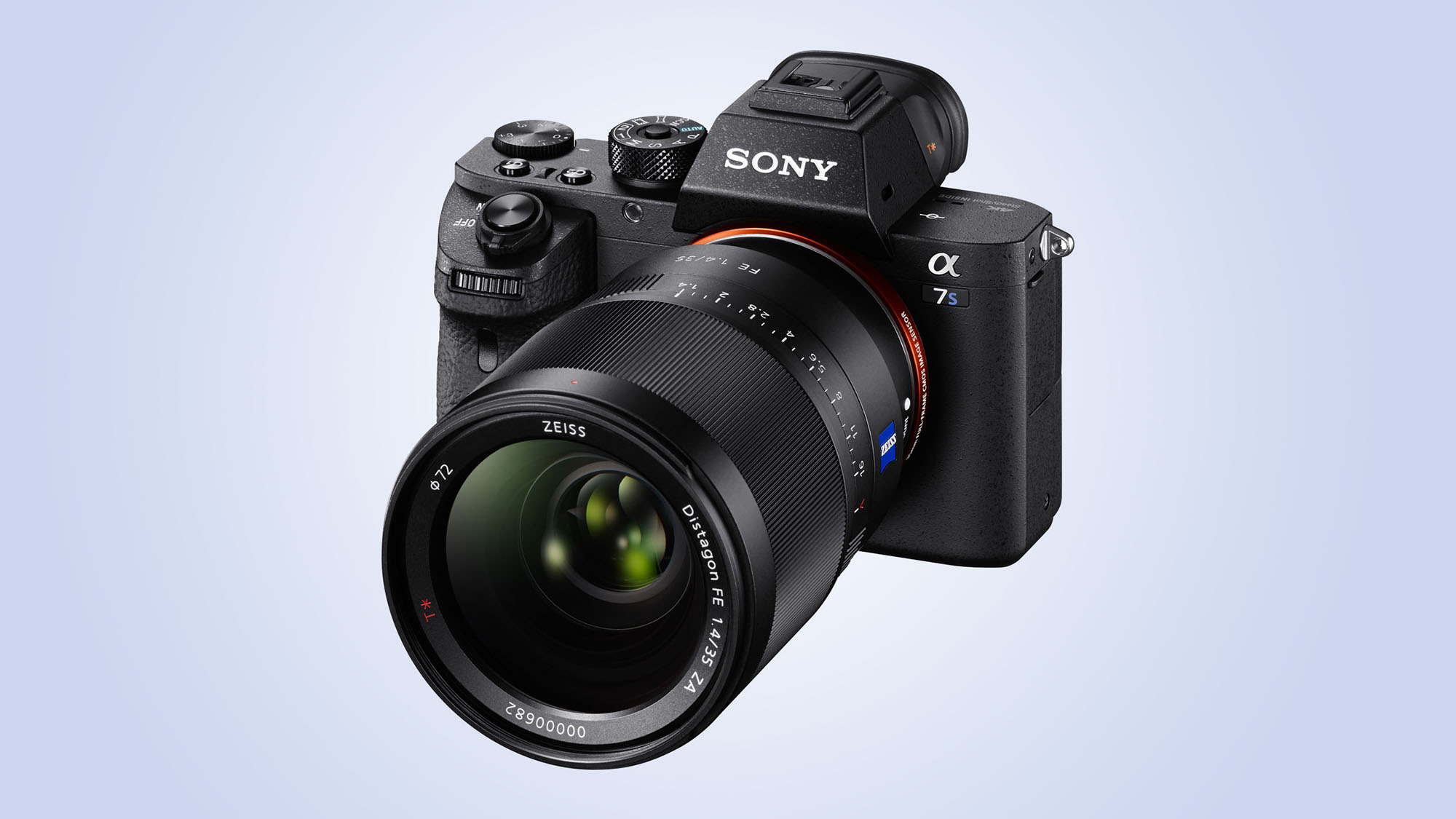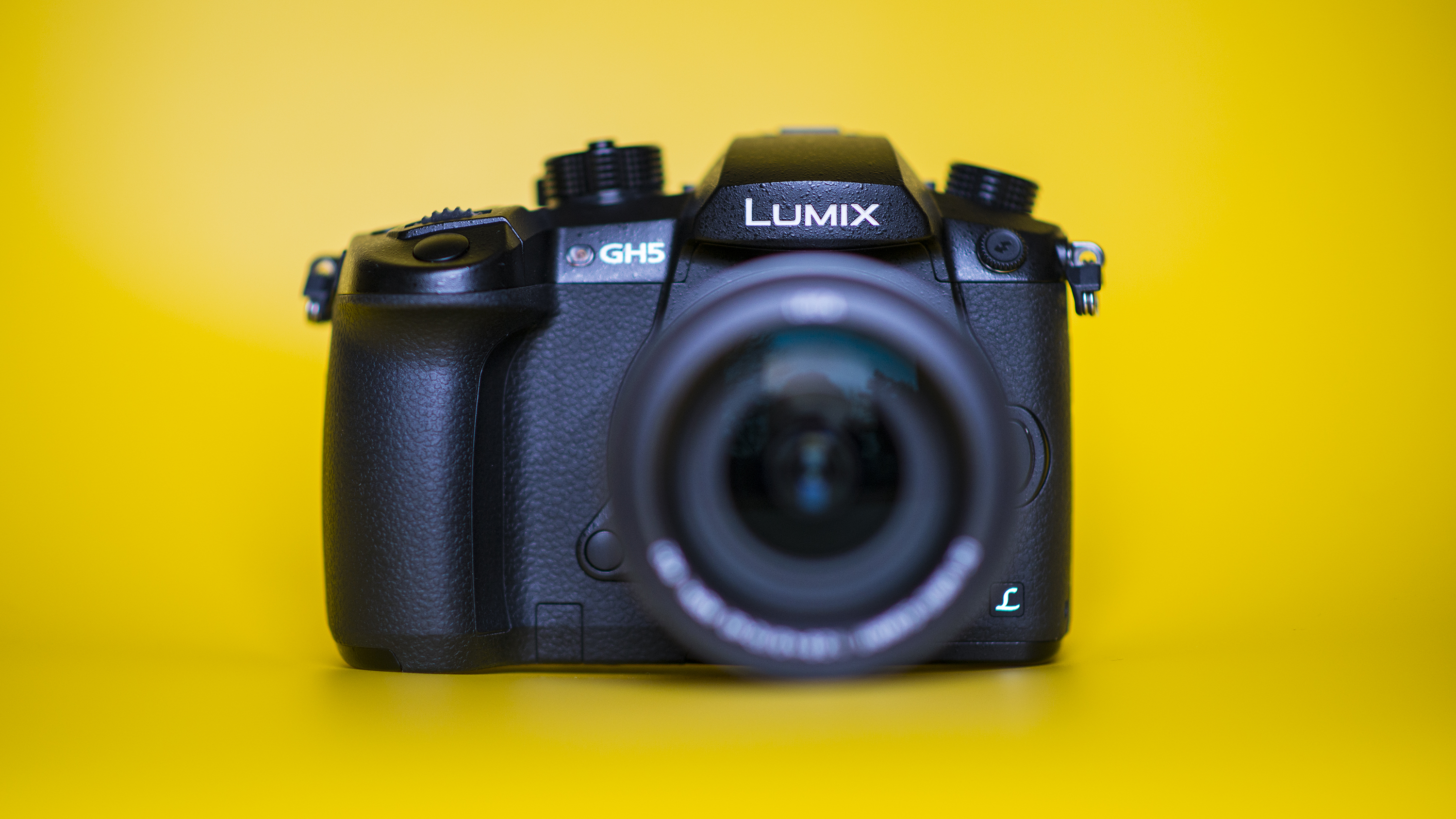Why you can trust TechRadar
Verdict
While the last couple of GH-series cameras have felt a little like video cameras masquerading as stills camera, the Panasonic Lumix GH5 is a much more rounded piece of kit.
The video specification and capabilities offered are still impressive – this is certainly one of, if not the best 4K camera solutions out there, before you start considering dedicated professional video cameras.
The Lumix GH5 also has size on its side. While the camera itself is proportionally similar to that of a serious DSLR, the Micro Four Thirds mount means that overall it's a much more compact package than APS-C or full-frame rivals thanks to the smaller optics.
As we've mentioned though, the pay-off of this smaller sensor is that the GH5's image quality can't quite match its larger-sensor rivals. They're not poles apart, but if your main concern is ultimate image quality then that's something to bear in mind.
But that's just part of the story, as the GH5 has a lot to offer the stills photographer as well.
Build and handling are both great, with plenty of easily reached body-mounted controls, a refined touchscreen interface and bright and large EVF. Then there's the 5-axis IS and super-quick AF system, as well as the rapid shooting speed, making the GH5 a camera that will keep up with even the most demanding of shooting situations.
In a nutshell, then, the Panasonic Lumix GH5 is a great choice for those looking for a sophisticated all-in-one solution that's just at home shooting great stills as well as breathtaking video.
Competition

Panasonic Lumix GH5S
Want something even more video-focused? Then the Lumix GH5S should tick all those boxes. While it can shoot stills quite happily (although at a pretty limited 10.2MP resolution), this should be seen first and foremost as a video camera – if you want to do both get the Lumix GH5.
Read our in-depth Panasonic Lumix GH5S review

Sony Alpha A7S II
One of the A7S II's major selling points at launch – internal recording of 4K footage – has since been matched by many others, but it’s the modest pixel count of its full-frame sensor that separates it from its rivals. We found its dynamic range to be very high, and consistently better than rivals at higher sensitivities, while noise was also shown to be less on an issue than with cameras with more populated chips.
Read the full review: Sony Alpha A7S II
Phil Hall is an experienced writer and editor having worked on some of the largest photography magazines in the UK, and now edit the photography channel of TechRadar, the UK's biggest tech website and one of the largest in the world. He has also worked on numerous commercial projects, including working with manufacturers like Nikon and Fujifilm on bespoke printed and online camera guides, as well as writing technique blogs and copy for the John Lewis Technology guide.

